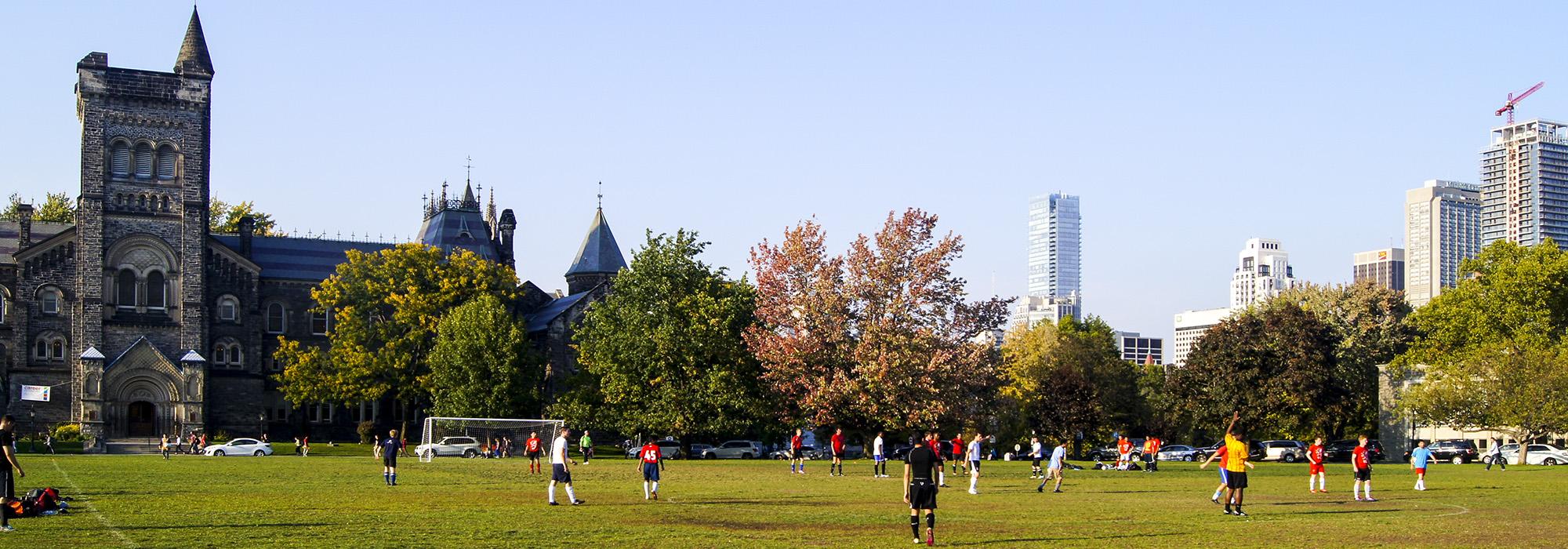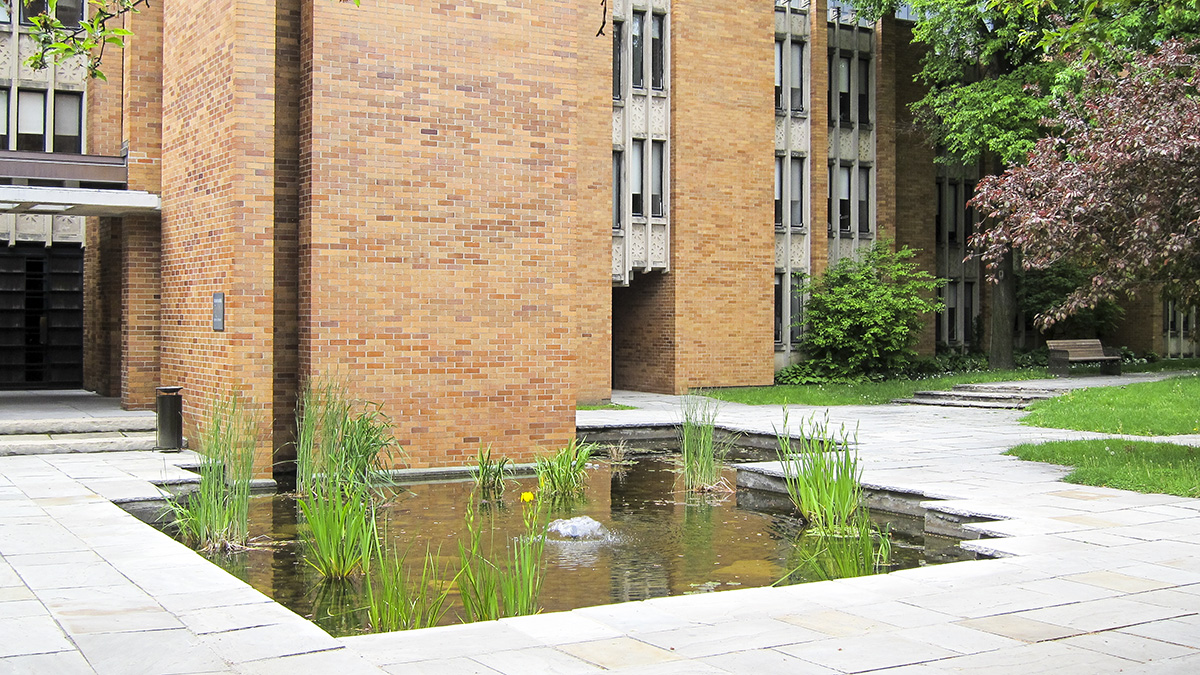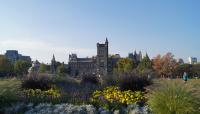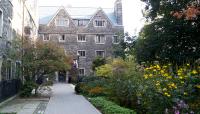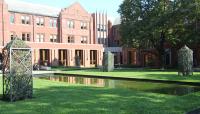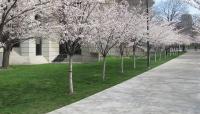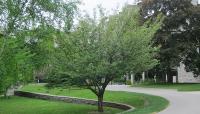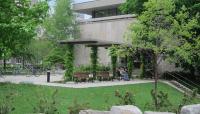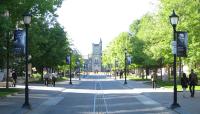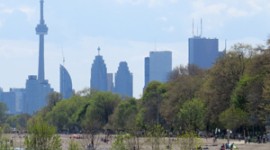Landscape Information
Located north of the financial district in downtown Toronto, the oldest of the University of Toronto’s three campuses occupies some 67 hectares and is bounded roughly by College Street, Bay Street, Spadina Avenue, and Bloor Street West. Its origin lies in the University of King’s College at York (the predecessor of the University of Toronto), which was established by Royal Charter in 1827, and one year later granted three adjacent Park Lots, portions of which were soon transformed into Queen’s Park. The grounds were reached from the south by a carriageway that would eventually become the broad, ceremonial boulevard known as University Avenue.
Throughout the nineteenth century, the campus expanded to include a series of federated and affiliated colleges (on the British model) set amid still largely forested parkland. But in the latter half of the twentieth century, denser construction, particularly west of St. George Street, altered the semi-rural character of the campus; widened traffic arteries, such as those encircling Queen’s Park, encroached upon and isolated the interconnected open spaces. The heart of campus today is University College, flanked on the south by the large, oval lawn of King’s College Circle, and on the north by the common green known as the ‘Back Campus.’ The cloistered courtyards of Knox College and Hart House are also nearby, while Trinity College, constructed around a quadrangle, lies to the north. Adjacent to it is Philosopher’s Walk, whose paved footpath undulates beside banks and hollows, marking the former course of Taddle Creek, which ran through the original Park Lots where King’s College was founded.



